In the cold, vast expanse of Siberia, a discovery as remarkable as it is mysterious has emerged. Buried beneath the frozen earth of the Batagaika Crater lies the remains of a foal, perfectly preserved for over 42,000 years. This remarkable find, dubbed the “Lena horse,” has captivated scientists and archaeologists alike, providing a rare glimpse into life during the Ice Age. What makes this discovery even more astonishing is that, within the foal’s well-preserved body, liquid blood and urine were found—an almost unheard-of occurrence for animals from this period. Beyond offering a window into prehistoric life, the Lena horse’s remarkable preservation is now fueling a bold ambition to clone extinct species and bring them back into existence.
The Discovery of the Lena Horse: A Remarkable Find in the Permafrost
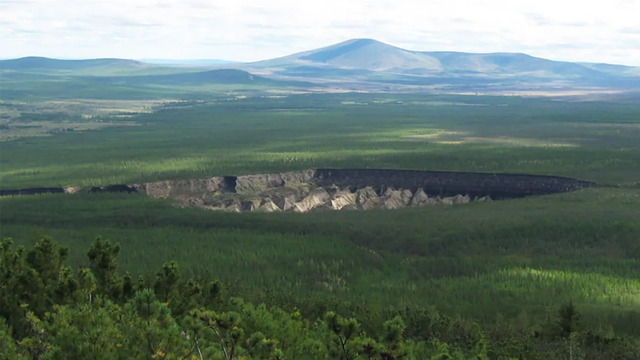
The Lena horse, or Equus caballus lenensis, was discovered in the Batagaika Crater, located in Siberia’s remote Verkhoyansk region. The foal, believed to have been only two weeks old at the time of its death, was preserved in the permafrost—a natural freezer that has kept ancient remains intact for millennia. Standing at just 39 inches at the shoulder and likely weighing a mere 50 pounds, the foal had drowned in mud, a tragic end that would eventually lead to its extraordinary preservation.
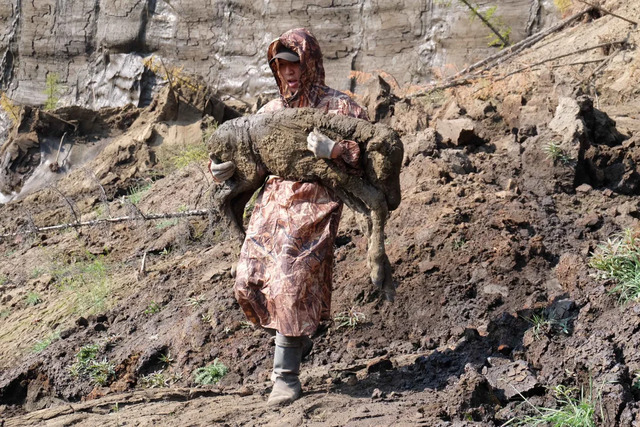
What makes this find so spectacular is not just the foal’s age, but the level of preservation. The permafrost, combined with a lack of decomposition, allowed even the tiniest details, such as the foal’s fur, to remain intact. Most ancient creatures, including mammoths and early horses, are found with their bodies ravaged by time, leaving only skeletal remains. The Lena horse, however, is a true time capsule, offering an unprecedented opportunity for study.
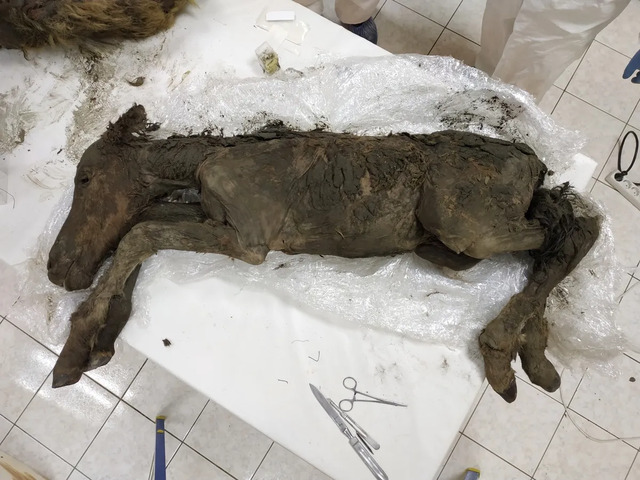
Video
Watch the video to see scientists discover a 40,000-year-old horse in Siberian permafrost! Don’t miss this incredible and rare prehistoric find.
Liquid Blood and Urine: A Rare Paleontological Find
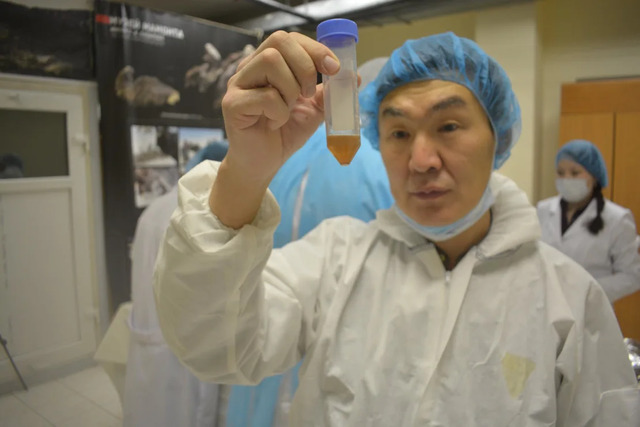
Upon conducting an autopsy of the foal, scientists made a groundbreaking discovery: liquid blood and urine. Typically, in ancient animal remains, blood either coagulates or evaporates, turning to powder over the millennia. The blood of the Lena horse, however, was preserved in its liquid state—an extraordinary find that raises important questions about the conditions that allowed this to happen. The presence of liquid blood in Ice Age remains is rare, with only one other case reported: a mammoth carcass discovered in 2013 by the same research team.
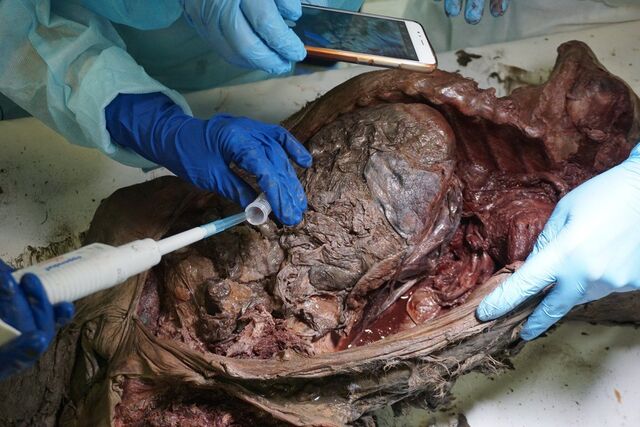
The blood was preserved due to the ideal conditions of the permafrost, which acted as a natural preservative. Scientists are still in awe of this unique discovery, as it holds the potential for deeper insights into the biochemical processes of ancient animals. The presence of liquid urine within the foal’s bladder is equally significant, providing a direct link to its biological state before death.
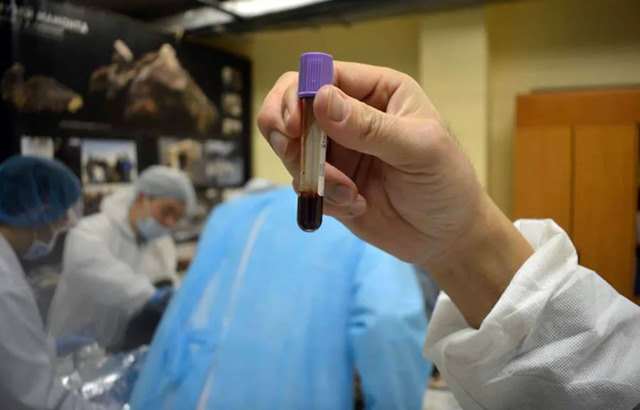
Studying the Pleistocene Epoch Through Ancient Biological Fluids
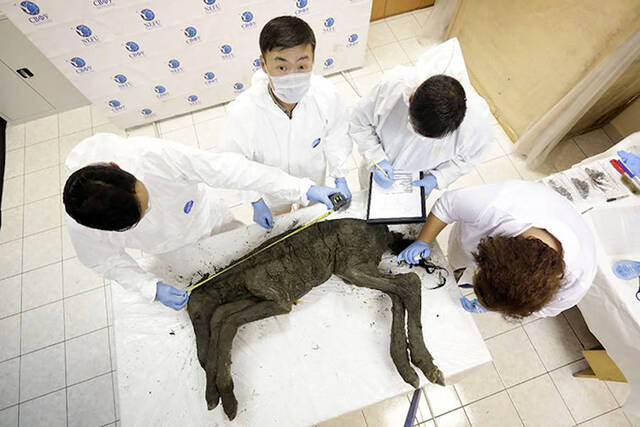
The foal’s preserved blood and urine offer an invaluable opportunity to study the biology of Pleistocene creatures. By analyzing these fluids, scientists hope to learn more about the foal’s diet, its health, and the environmental conditions it lived in. Furthermore, the analysis of these biological materials can shed light on the broader ecosystem of Ice Age Siberia, including the flora and fauna that existed alongside the Lena horse.
One of the most exciting possibilities is that researchers could use the preserved blood and urine to explore the genetic makeup of the foal. By examining the DNA contained within the blood, they might uncover more about the genetics of the Lena horse species and how it compares to modern-day horses.
Cloning the Past: The Dream of Reviving Extinct Species
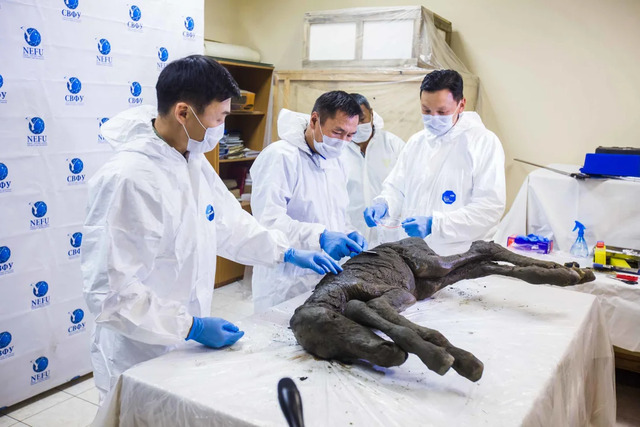
The discovery of preserved liquid blood has reignited a long-standing dream in the world of science: the cloning of extinct species. The foal, along with the previously discovered mammoth, is at the center of ongoing efforts to resurrect extinct Pleistocene creatures. The research team, led by Semyon Grigoriev of North-Eastern Federal University, is collaborating with South Korean experts from Sooam Biotech to explore the possibility of cloning the Lena horse.
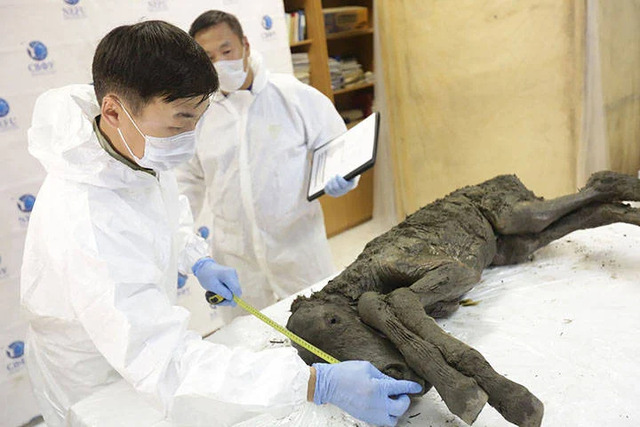
While the odds are slim—cloning requires well-preserved DNA, and red blood cells, which contain no DNA, are not useful for the task—there remains hope. The researchers are focusing on extracting DNA from muscle cells and internal organs, which may be in better condition for cloning. The dream is to bring the Lena horse back to life, perhaps using modern horses as surrogates, as part of a broader effort to bring back woolly mammoths and other extinct creatures.
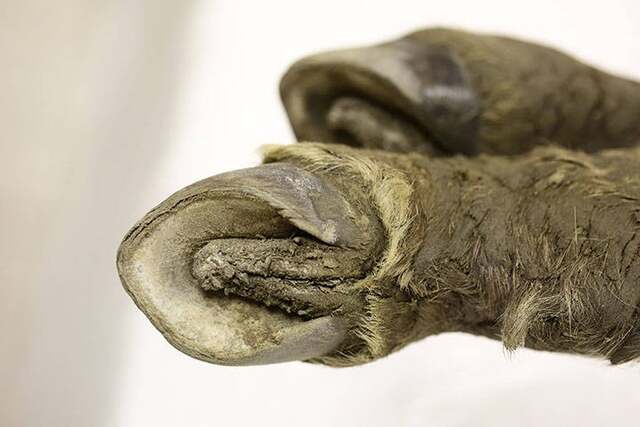
Ethical and Practical Challenges of Cloning Extinct Species
The prospect of cloning extinct species like the Lena horse and the mammoth raises important ethical and practical questions. While the idea of resurrecting creatures from the past is exciting, it comes with a host of challenges. For one, the cloned animals would be brought into a world vastly different from the one they once inhabited. The climate has changed, ecosystems have evolved, and the flora and fauna that once supported these animals are gone.
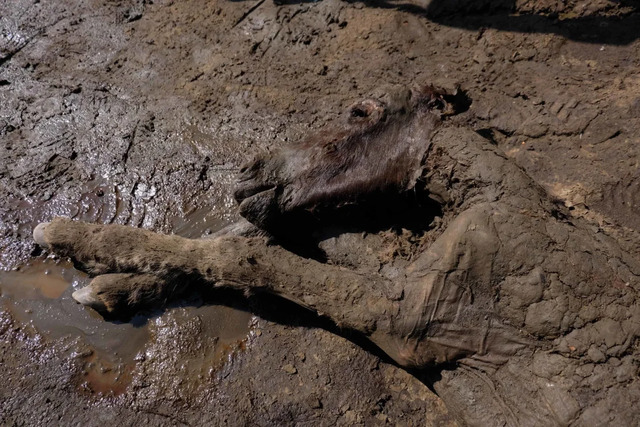
There are also concerns about the welfare of the cloned animals. Would they be able to adapt to modern environments? How would they interact with existing wildlife? Additionally, there are the ethical implications of using animals as genetic surrogates for these experiments. These questions are important and require careful consideration as scientists move forward with their cloning efforts.
The Significance of the Lena Horse Discovery in Paleontology
The discovery of the Lena horse is a significant contribution to the field of paleontology. Not only does it provide valuable insights into the life and death of an ancient Ice Age species, but it also offers a window into the broader Pleistocene ecosystem. The discovery of preserved blood and urine is especially important, as it allows scientists to study the biochemistry of ancient animals in a way that was never before possible.
This finding also has the potential to change our understanding of extinct species. The Lena horse, with its remarkable preservation, could provide important clues about the genetics and evolution of early horses, potentially helping scientists better understand the origins of modern equines.
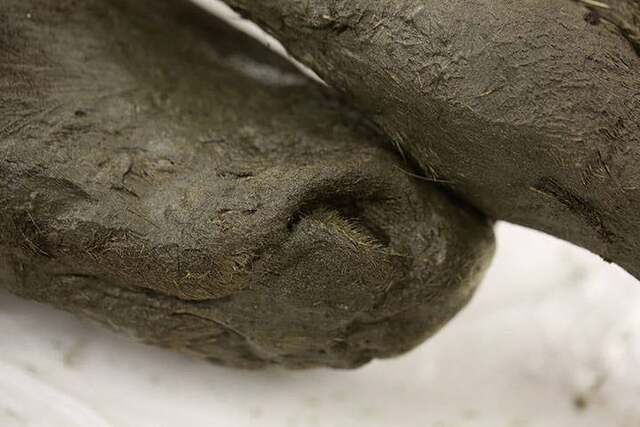
Video
Watch the video to discover 5 strange prehistoric creatures found frozen in ice! Don’t miss these incredible and mysterious finds from the past.
Conclusion: A Glimpse into the Past, and a Vision for the Future
The discovery of the 42,000-year-old Lena horse is more than just a paleontological curiosity; it is a key that unlocks the door to understanding the ancient past. The foal’s preserved blood, urine, and tissue offer an unprecedented opportunity to study the biology of Ice Age creatures, while the cloning efforts offer the possibility of bringing these animals back to life.
However, as scientists continue their work, it is important to remember the ethical and environmental questions that cloning and reintroducing extinct species raise. The Lena horse’s discovery is a testament to the power of science and the possibilities that lie ahead, but it also reminds us that with great power comes great responsibility. As we unlock the mysteries of the past, we must be mindful of the implications for our future.



